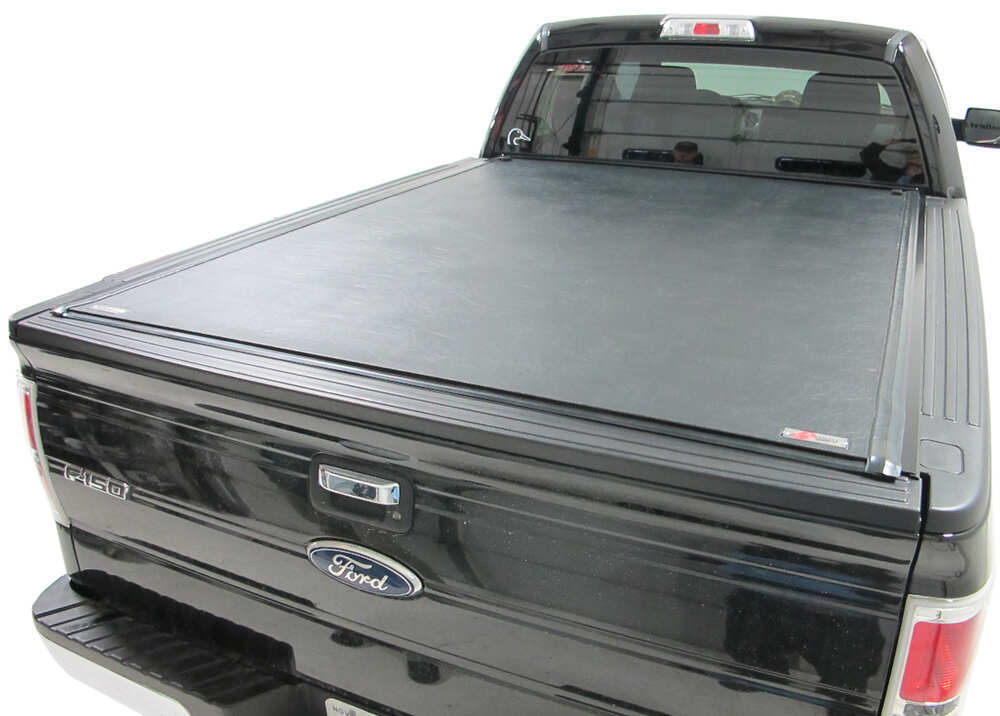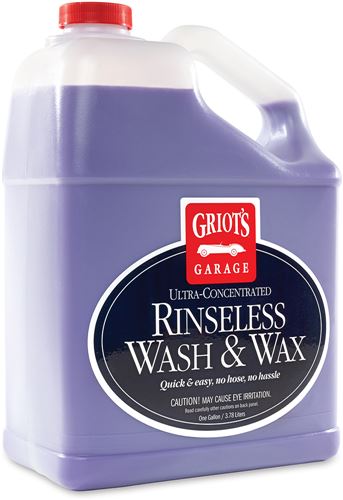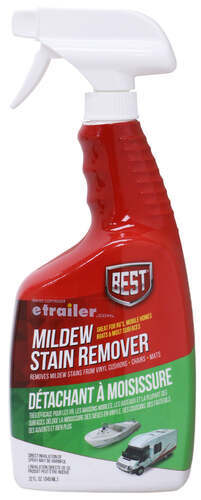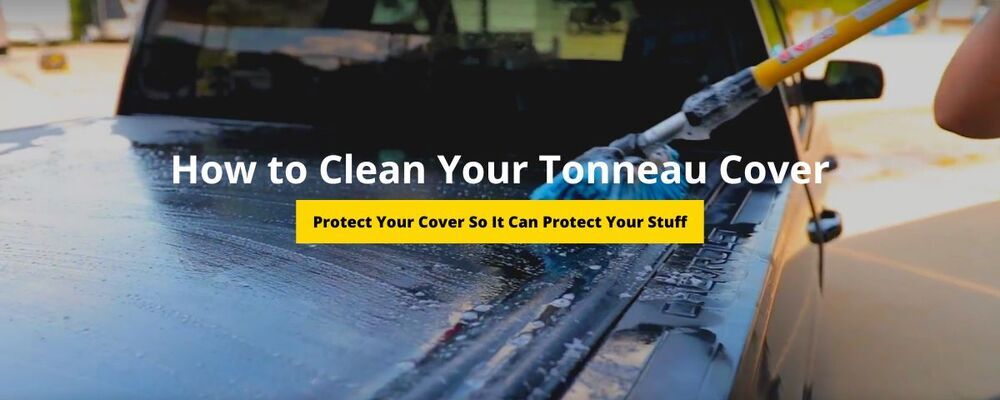
How to clean your Tonneau Cover:
Protect Your Cover, So It Can Protect Your Stuff
What You Need
Mild soap Dish soap works well here, but make sure it's mild. Harsh soaps can damage the vinyl of soft tonneau covers.
Soft-bristle brush Hard bristles can damage the vinyl or weaken the stitching on a soft tonneau cover as well.
Cold or room temperature water Hot water might seem like the go-to for cleaning, but it can have an adverse effect on your vinyl cover. A garden hose is perfect here if you have access to it.
A shaded area A garage works perfectly, but other shaded areas (under a large tree, in the shade of a building, etc.) will also work just as well. If a shaded area isn't feasible, then clean your tonneau cover on a overcast day to avoid damaging your vinyl.
A soft towel (preferrably microfiber) This is less important for hard tonneau covers, but soft covers appreciate the gentle brush-down.
Vinyl-specific cleaners (you can find an example here) These are specifically engineered for your soft-top vinyl tonneau covers and are fantastic at keeping them looking their best.
Microfiber scrubbing brush or mitt (like the one found here) Vinyl protectant spray (check that out here) These are great if you want to keep your soft-top tonneau covers looking great. Make sure you consult the instructions for this specifically because they're used after the wash.
Preparation Wash/Rinse Drying Aftercare (if applicable)
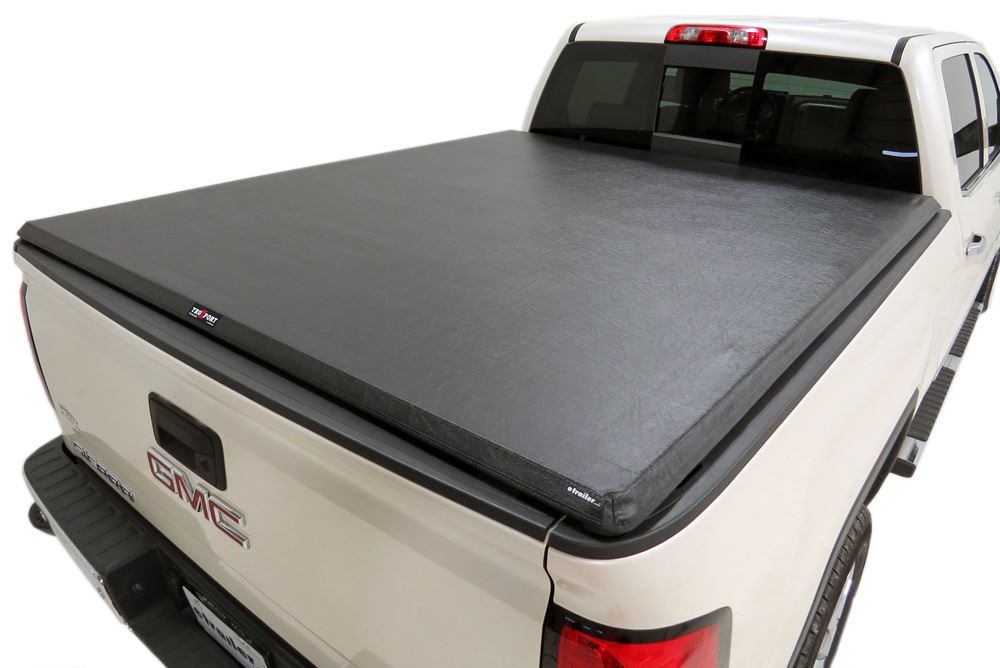
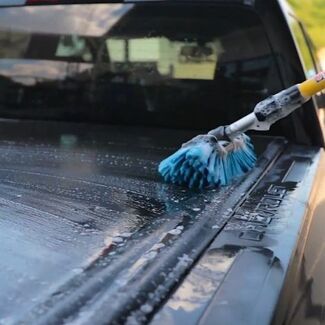
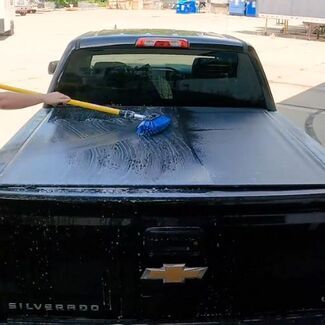
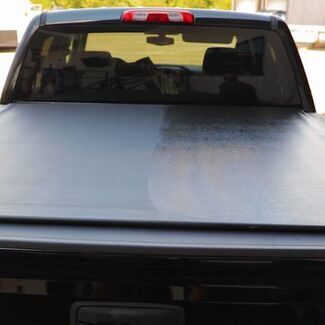
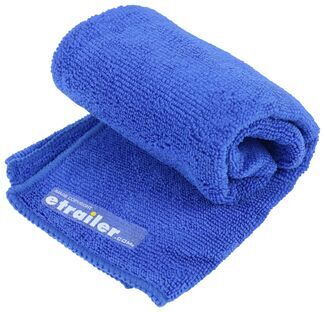
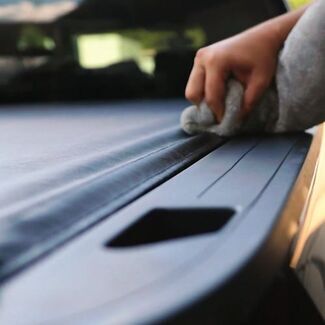

Departments
Towing
- Trailer Hitch
- Fifth Wheel
- Gooseneck
- Towing a Vehicle
- Front Hitch
- RV Hitch
- ATV Hitch
- HD Truck Hitch
- Vehicle Wiring
- Brake Controller
- Ball Mounts
- Weight Distribution
Sports and Recreation
Trailer Parts
- Utility Trailer
- Boat Trailer
- Landscape Trailer
- Enclosed Trailer
- 5th/Camper Trailer
- Car Hauler
- Horse Trailer
Vehicle
Contact & Help

What our customers are saying:
"I like the easy of navigation through the site. It only took me a couple of minutes to place my order. Thank You I will shop this sight again in the future."
Kevin
Manchester, MD
Popular Vehicles
- Subaru Forester
- Ford F-350 Super Duty
- Ford F-250 Super Duty
- Chevrolet Silverado 1500
- Jeep Wrangler Unlimited
- Jeep Wrangler
- Ram 3500
- Toyota Highlander
- Ram 2500
- Chevrolet Silverado 2500
- Subaru Outback Wagon
- Chevrolet Silverado
- Dodge Ram Pickup
- GMC Sierra 2500
- Ram 1500
- Ford F-250 and F-350 Super Duty
- Jeep Grand Cherokee
- Toyota Tacoma
- GMC Sierra 3500
- Toyota Tundra
- Ford Escape
- More >>


